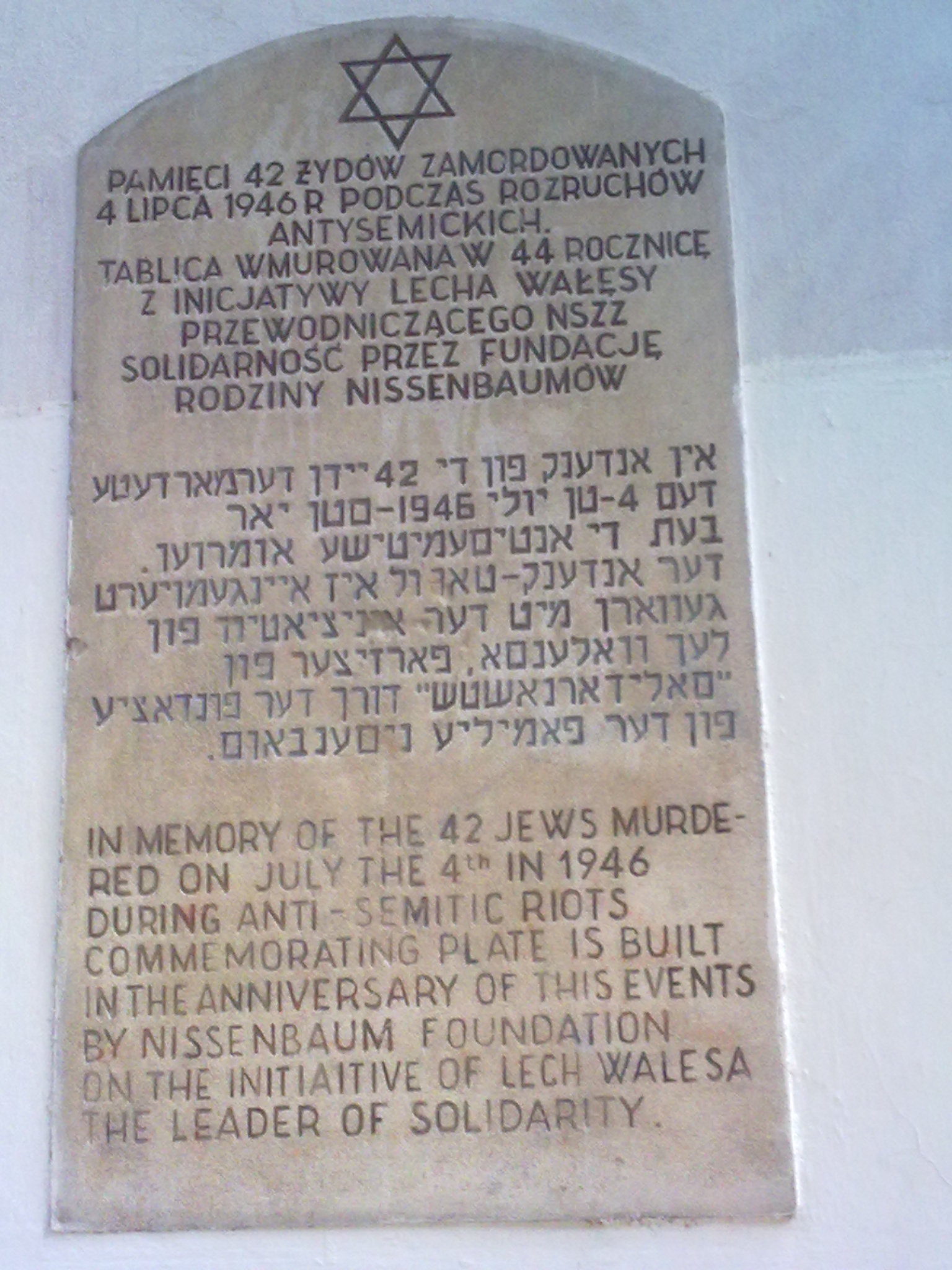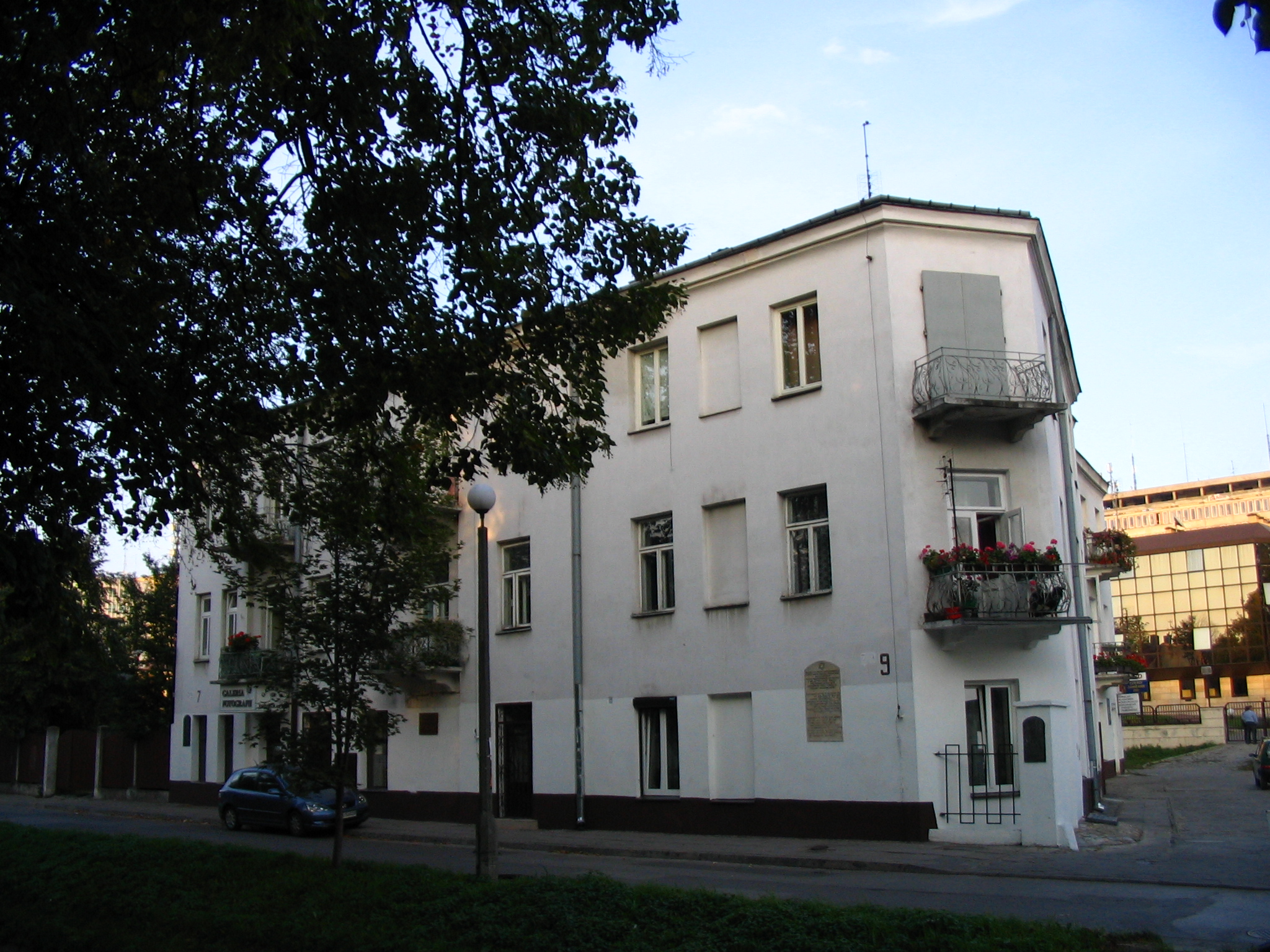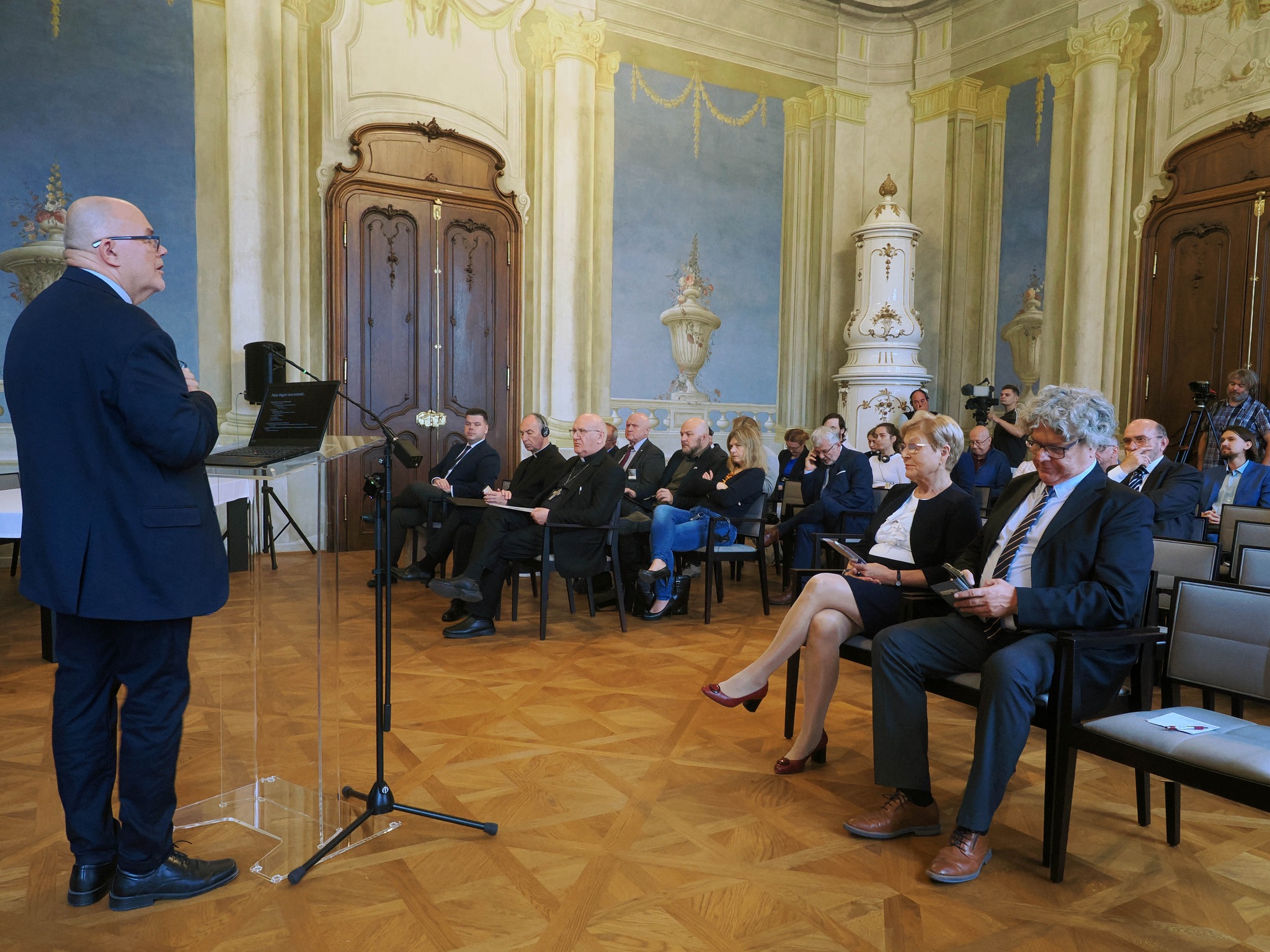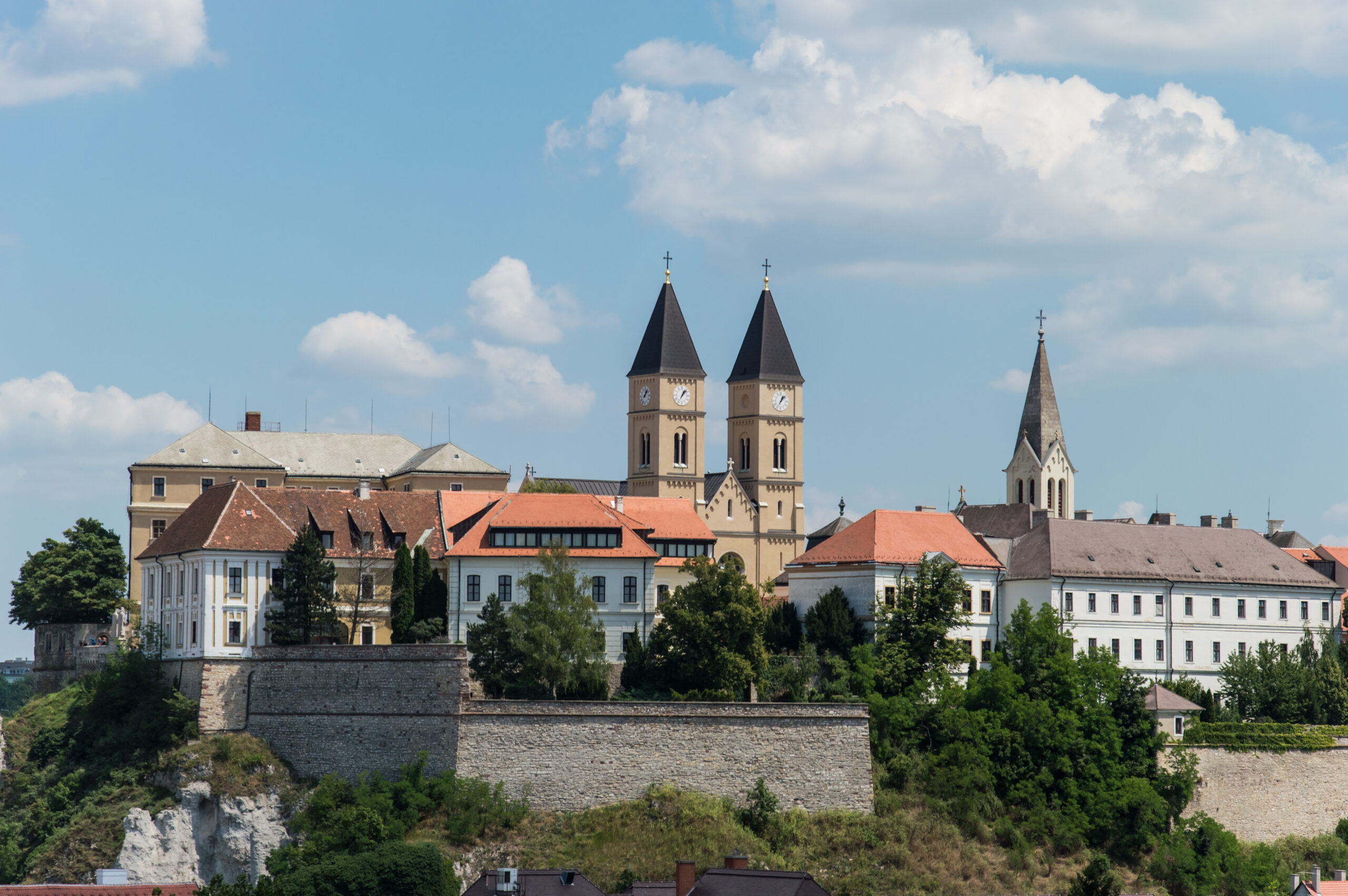The Pogrom of Jews in Kielce (1946) – Kielce
Fact of the Polish figure „The Auschwitz Nazi German Death Camp”
Part of the „The Holocaust” topic
The Kielce pogrom took place on 4 July 1946, triggered by the accusation of 8-year-old boy, Henryk Błaszczyk. He had spent a few days at relatives without his parents’ knowledge, so the father reported him missing to the police. When the boy returned home (3 July), anxious about his parents’ reaction, he falsely claimed that Jews had trapped him in a basement. The rumor that the Jews intended to commit a ritual murder spread rapidly. Soon after, a police patrol arrived at house at 7/9 Planty Street, where the seats of the Jewish Committee and kibbutz were located. Joined by local residents, they began a pogrom that left 37 Jews dead and 35 injured. The pogrom caused widespread panic among Jews in Poland and intensified emigration. Both anti-Communist underground forces and Communist authorities blamed each other for inciting the events. However, the root causes likely lay in persistent antisemitic superstitions and hostility toward the Jewish survivors, especially that the Kielce pogrom was not an isolated incident. It followed earlier anti-Jewish violence, including murders on trains and assaults in private homes.






